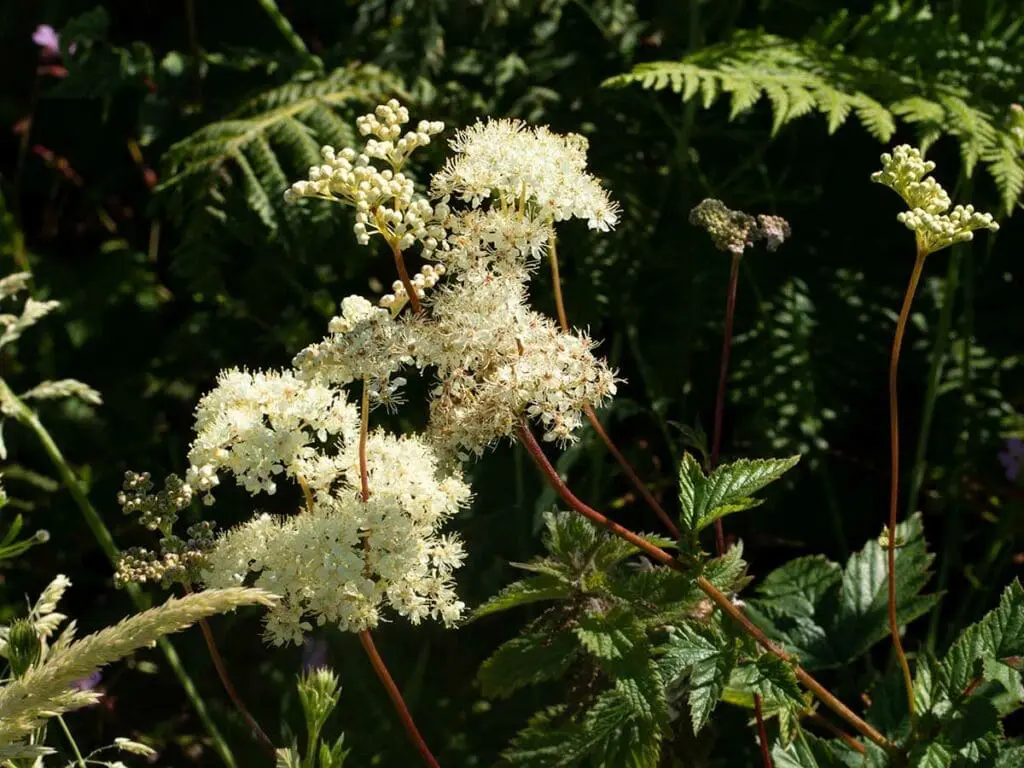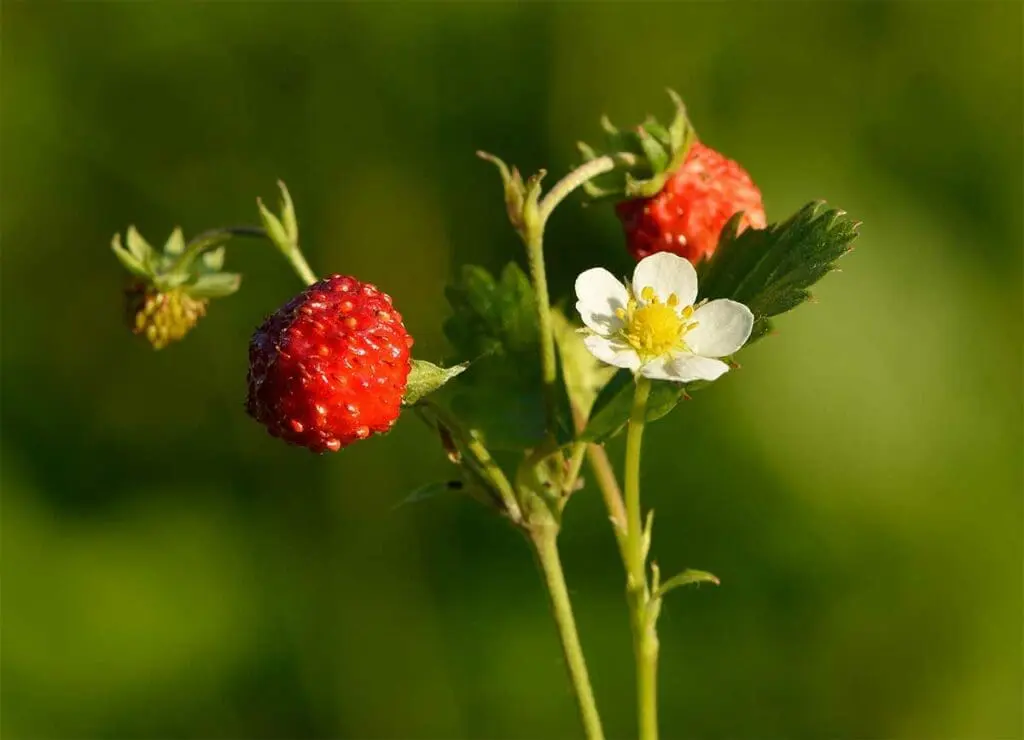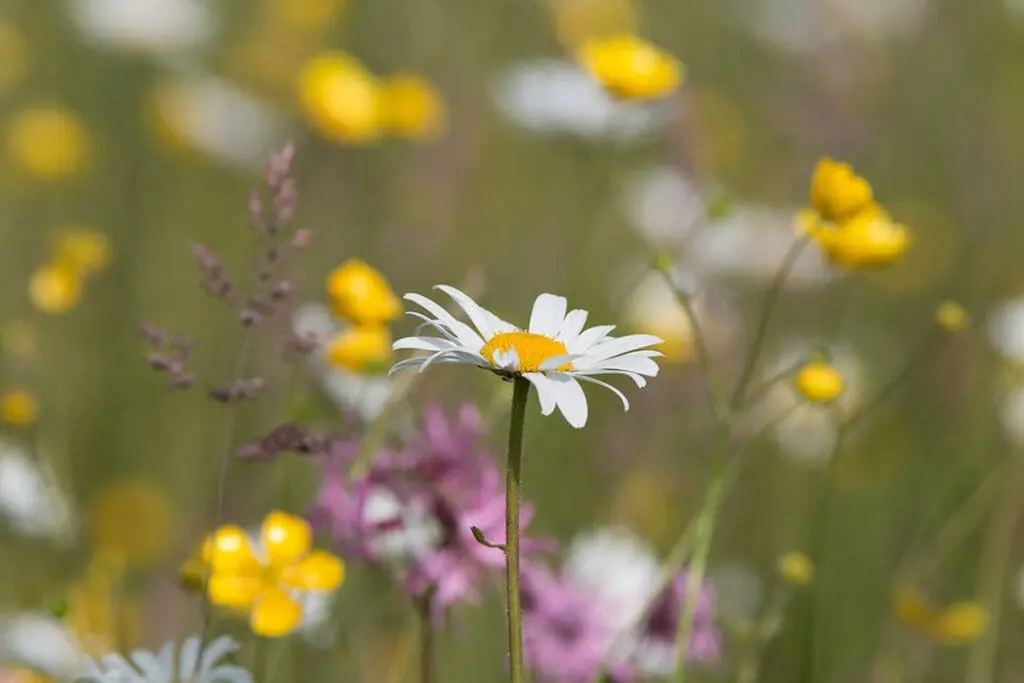- Scientific name: Digitalis purpurea
- Family: Figwort (or Foxglove) (Scrophulariaceae)
- Found in: Grassland, Hedgerow, Woodland
Foxglove is a very common plant of acidic soil. It thrives in a range of habitats including open woods, on moorland and heath margins and hedgebanks. It is often found in great abundance on disturbed or burnt sites.
The first part of the scientific name, ‘Digitalis’, means finger and describes the plants thimble-like flowers. The second part of the name, ‘purpurea’, refers to the pinkish-purple colour of the flowers.
Different stories tell of how Foxglove got its common name. Naughty fairies might have given the flowers to foxes to wear on their paws, which helped them to sneak up on chickens silently. It was known as ‘Folksglove’ (glove of the ‘good folk’ or fairies) worn as hats and gloves. It may also come from the Anglo-Saxon foxes-glien, a ring of bells hung from a support and used as a musical instrument.
Many other common names also exist. Witches’ Glove and Dead Man’s Bells, which refer to its toxic nature.
Despite it being toxic, Foxglove has been widely used as medicine. The dried, powdered leaves are the source of the drug digitalis, which is used in the treatment of heart complaints. This powerful drug slows and strengthens the heart rate and stimulates the kidneys to remove excess fluid from the body.
It is a biennial plant that occasionally lives longer than two years. In the first year, the plant develops its roots and forms a rosette of leaves. In the second year, between June and September, the plant produces flowering stems with smaller leaves and 20 to 80 nodding flowers on one side of the spike. The flowers are pinkish-purple in colour, with an area of white inside the tube, which features darker purple spots and a few hairs. These markings are ‘honeyguides’ and show up in ultraviolet light – this is to attract bees.
Foxglove is also a food source of the Frosted Orange (Gortyna flavago), Lesser Yellow Underwing (Noctua comes) and Foxglove Pug (Eupithecia pulchellata) moths.
The life of each flower is about six days. Each flower can produce an incredible number of tiny seeds. A single plant may release between one and two million seeds to ensure a population’s continued survival.
Propagation
From seed
Collect seed in summer and autumn. Sow them on the surface of moist compost, but do not cover with compost. Keep the compost moist and transplant the young plants, when they are big enough, into small pots. Grow them on and plant out into the final position.




